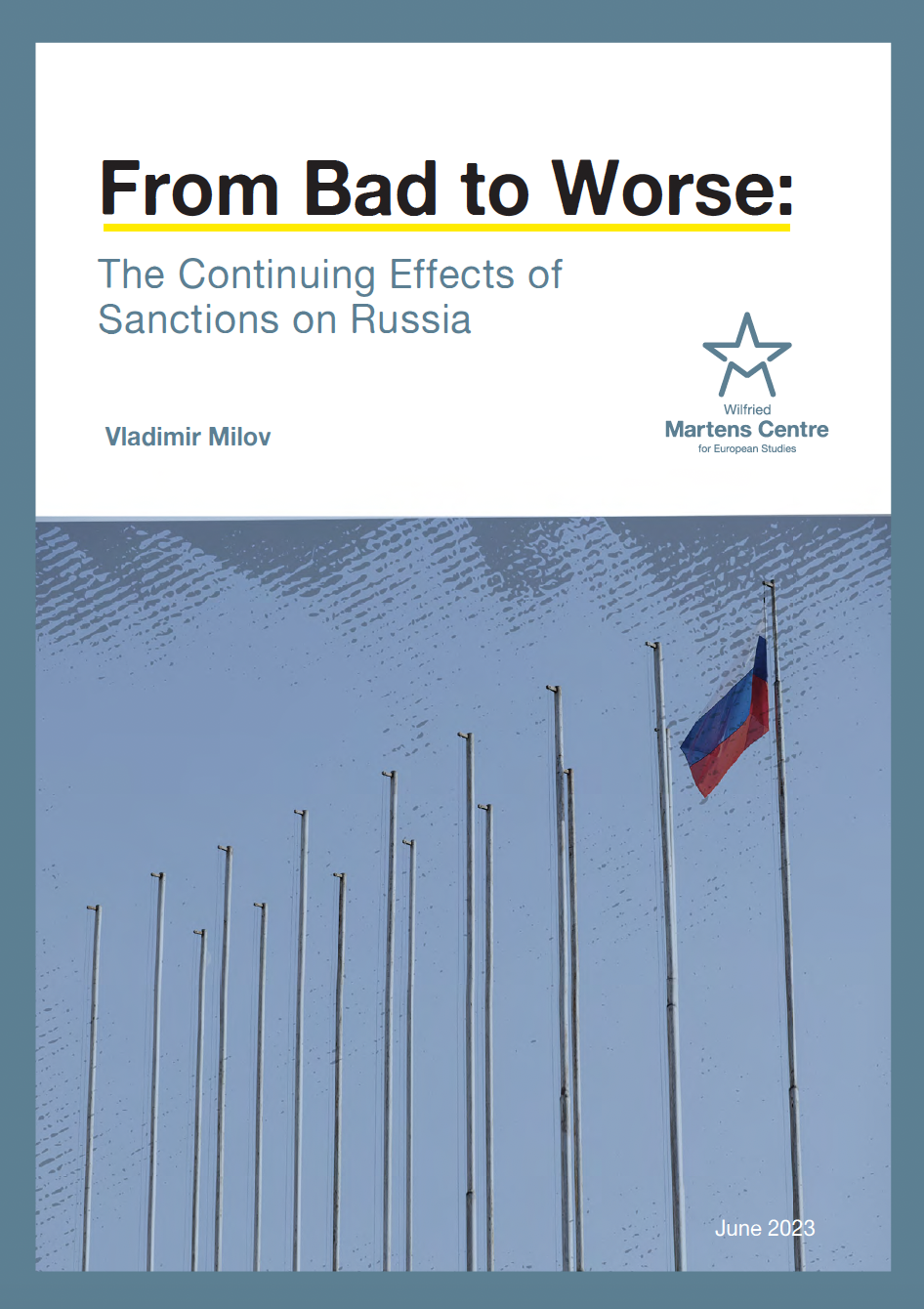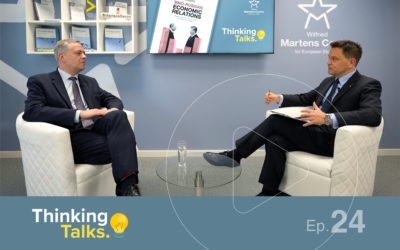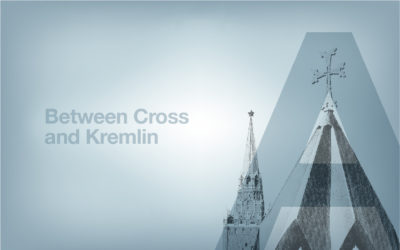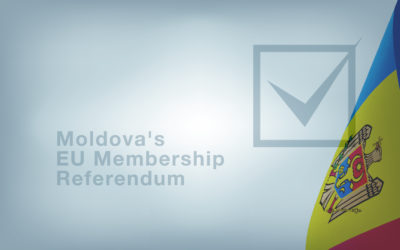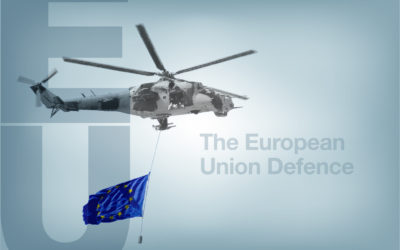Related publications
-
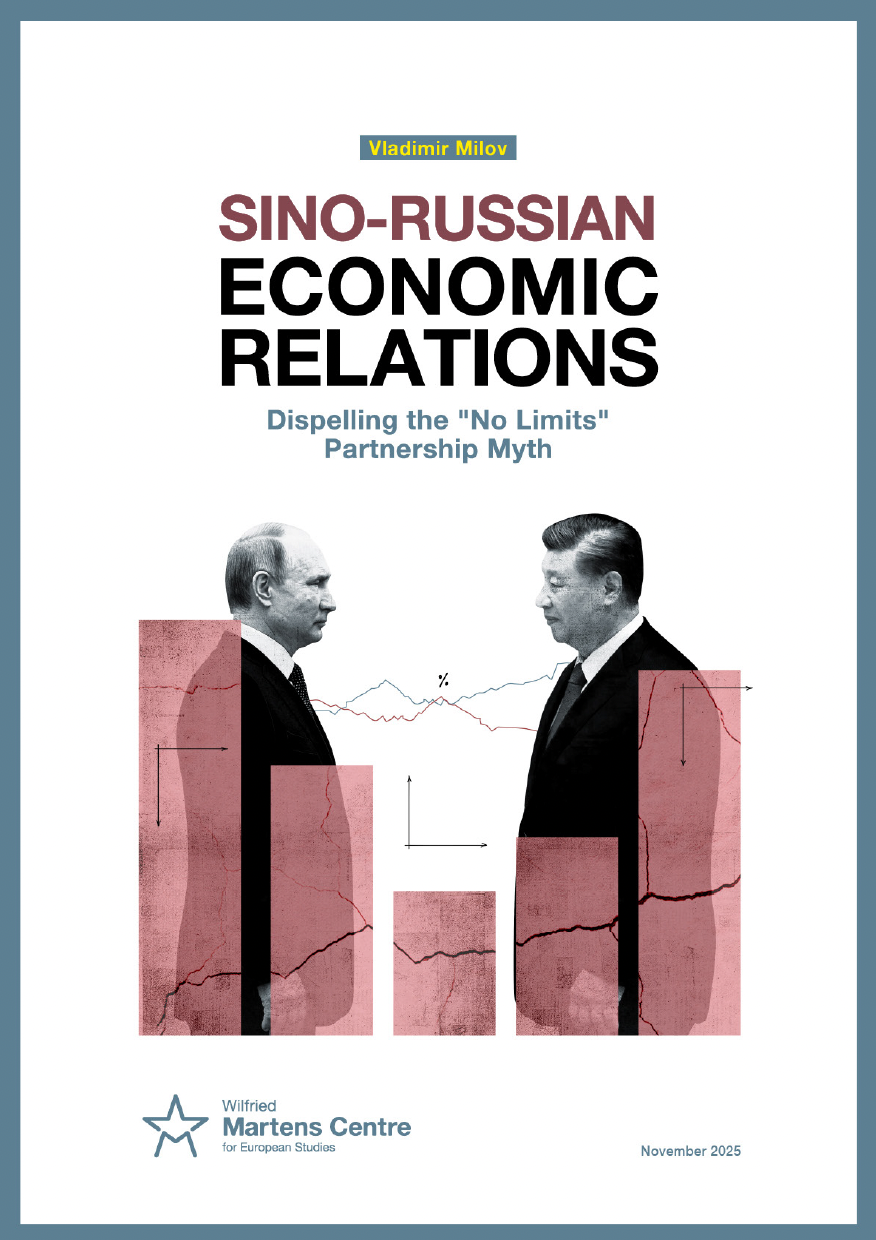
Other
Sino-Russian Economic Relations: Dispelling the “No Limits” Partnership Myth
-
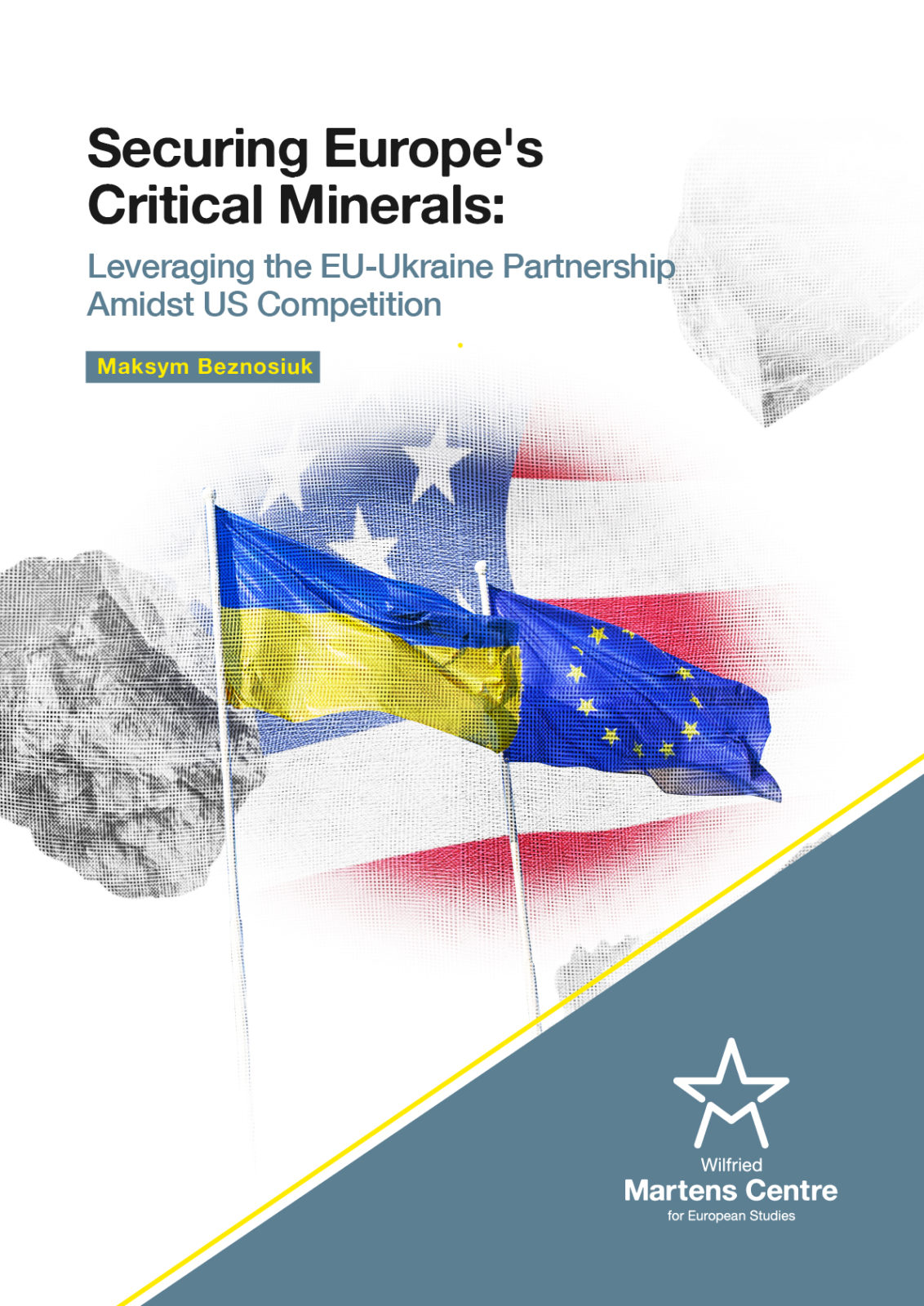
Ukraine
Securing Europe’s Critical Minerals: Leveraging the EU-Ukraine Partnership Amidst US Competition
-

Collaborative
Finland’s NATO Strategy
-
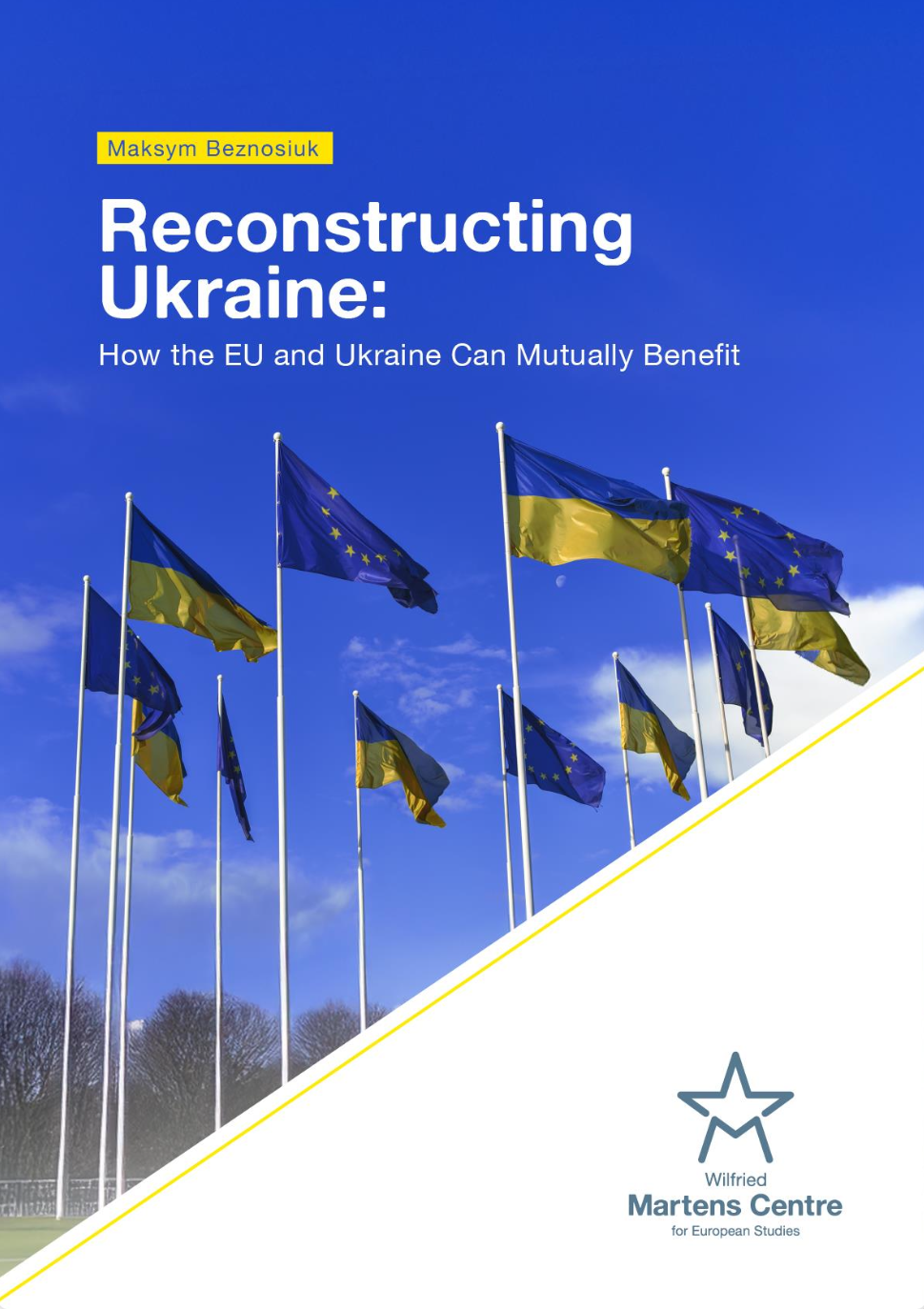
Ukraine
Reconstructing Ukraine: How the EU and Ukraine Can Mutually Benefit
-
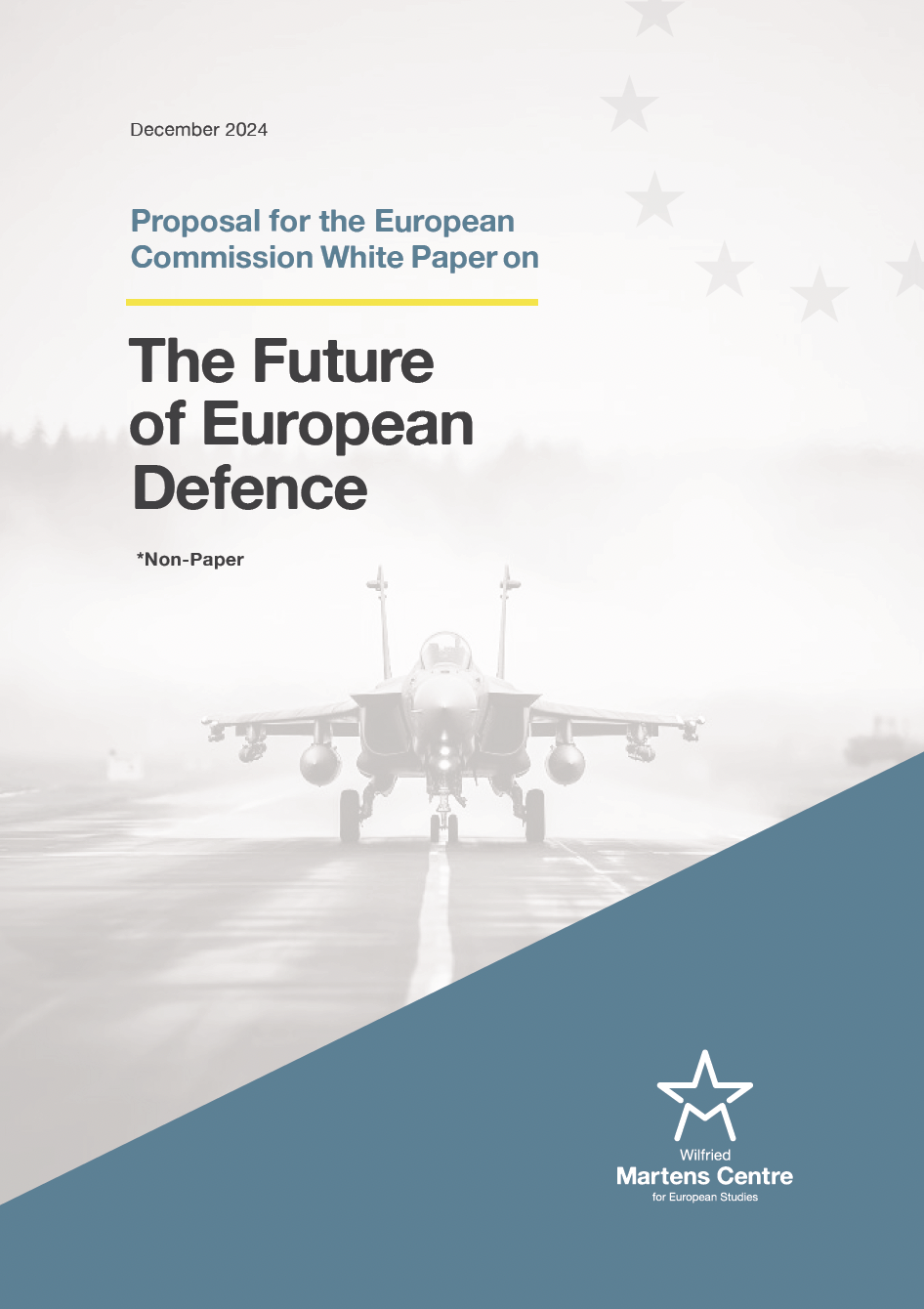
Other
Proposal for the European Commission White Paper on The Future of European Defence
-
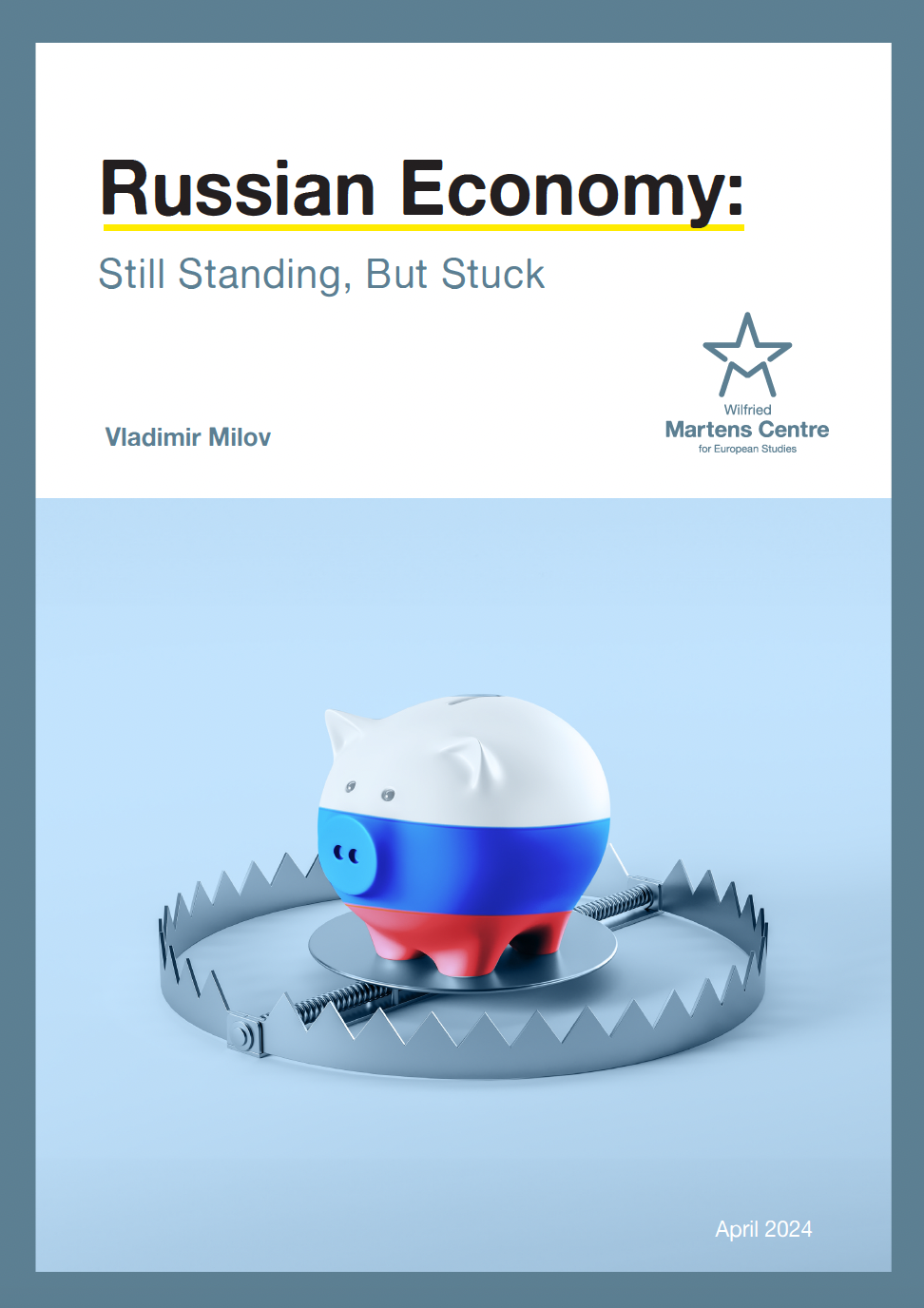
Ukraine
Russian Economy: Still Standing, But Stuck
-
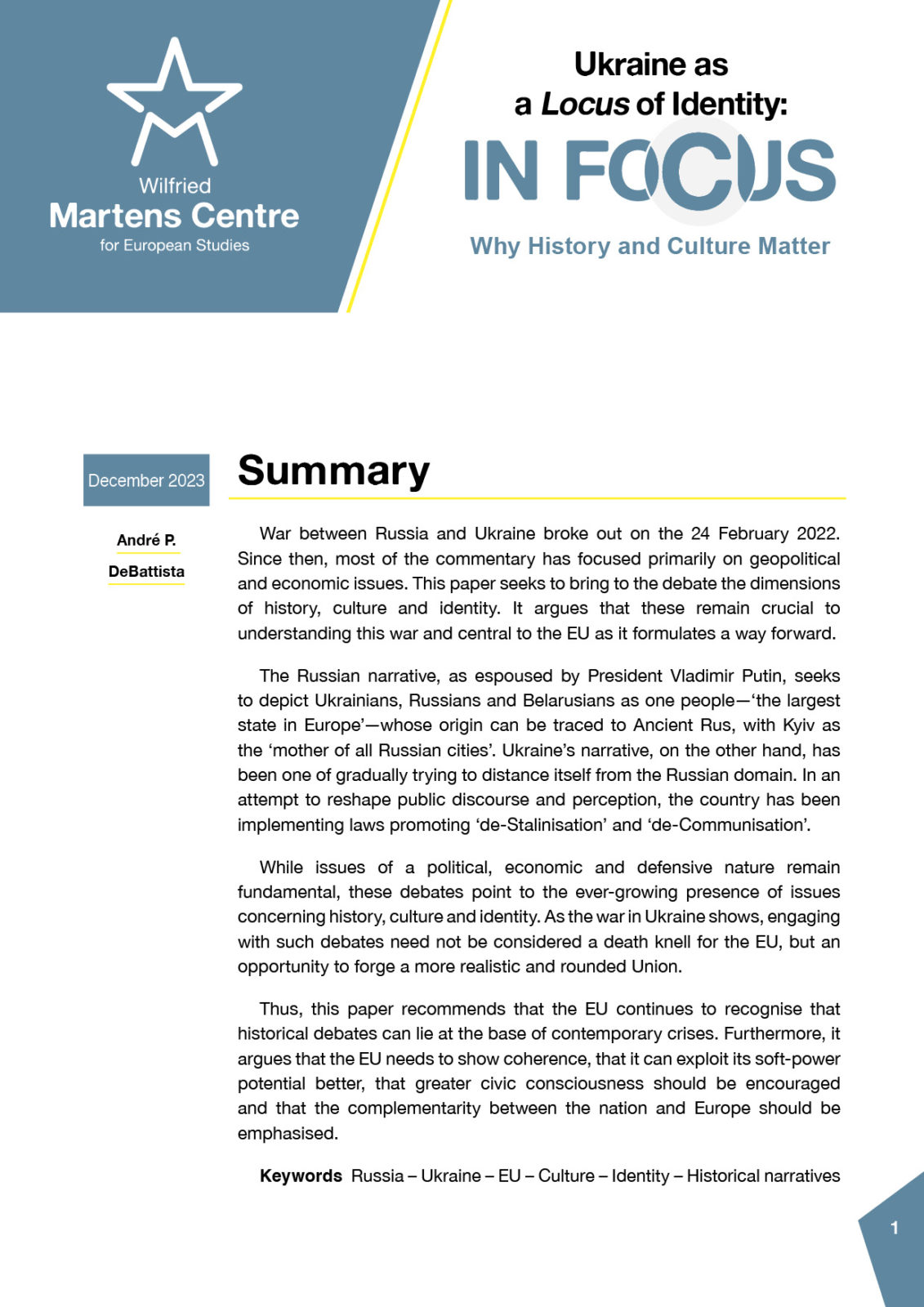
Ukraine
Ukraine as a Locus of Identity: Why History and Culture Matter
-
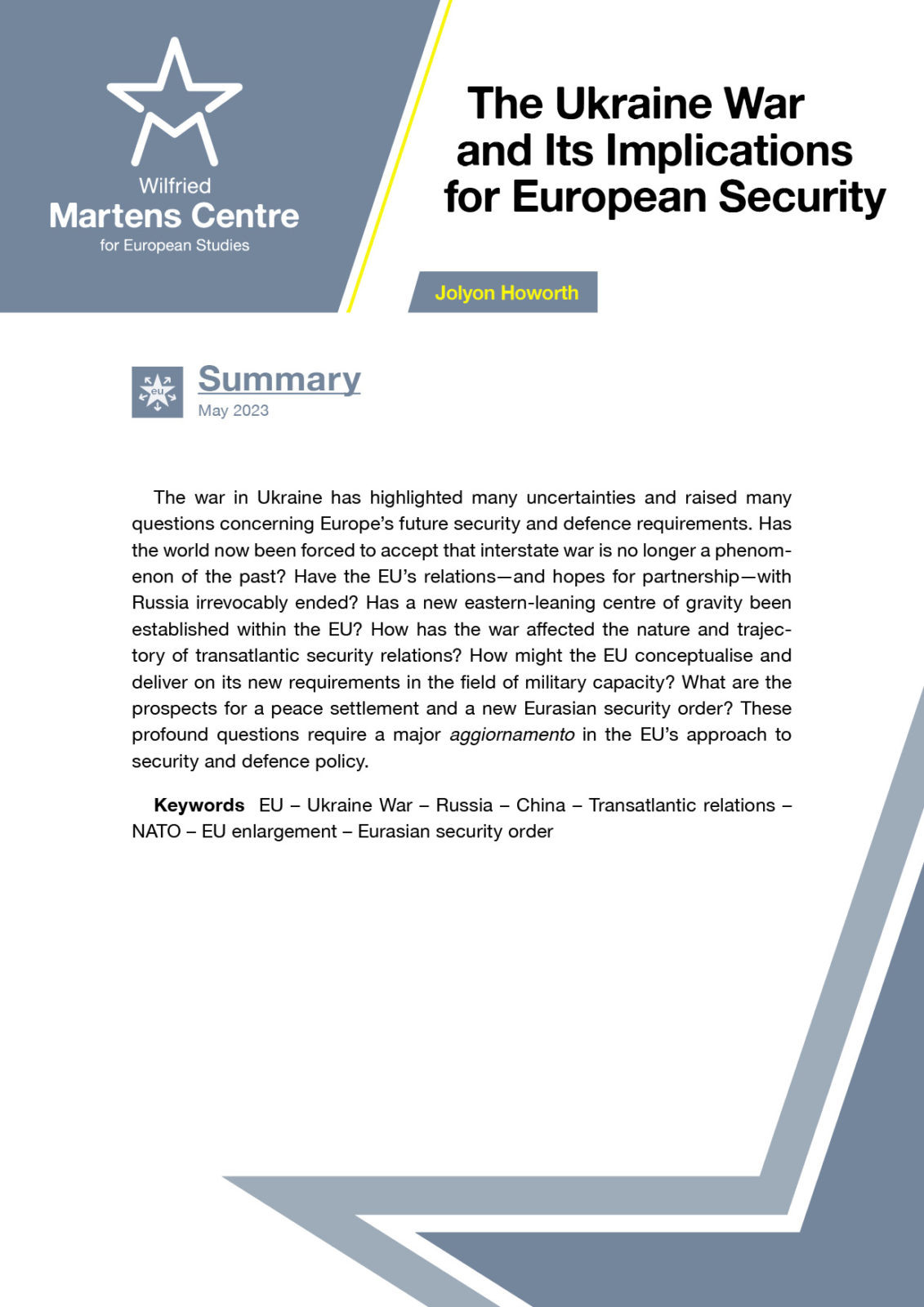
Ukraine
The Ukraine War and Its Implications for European Security


